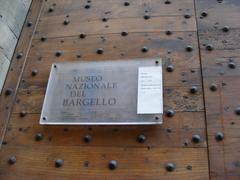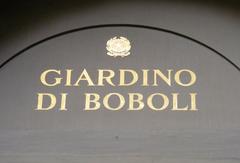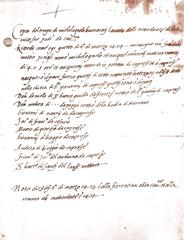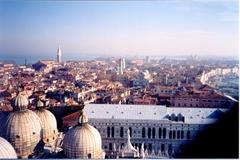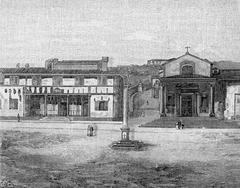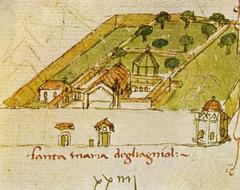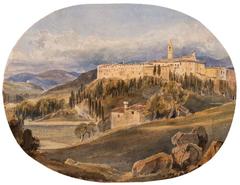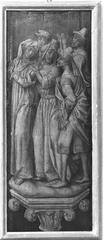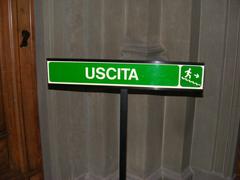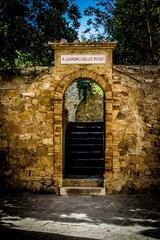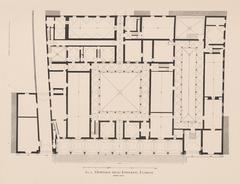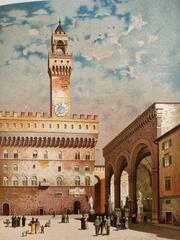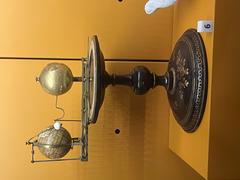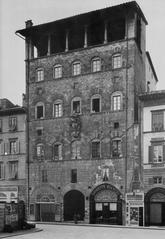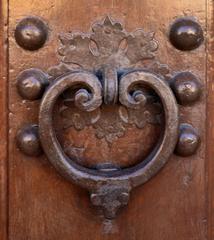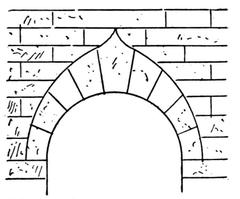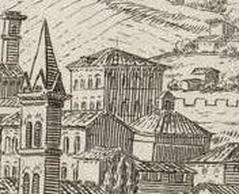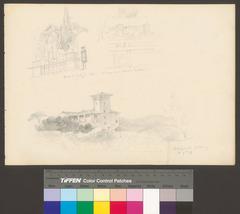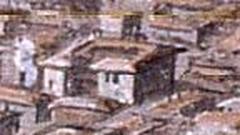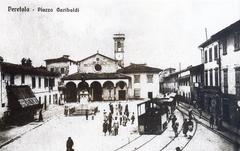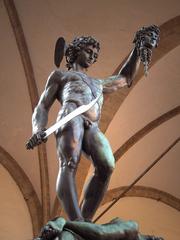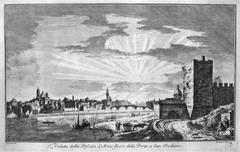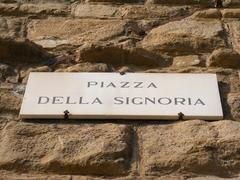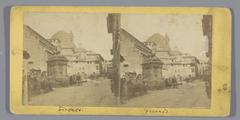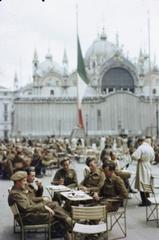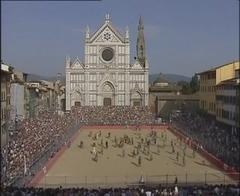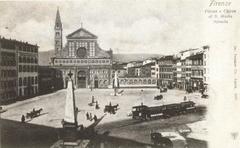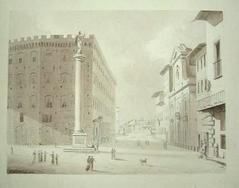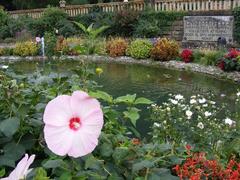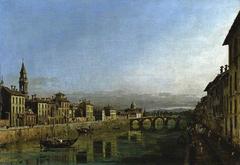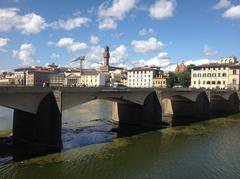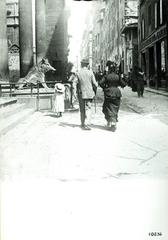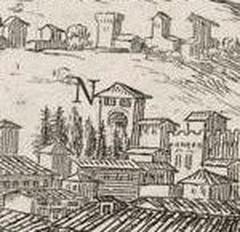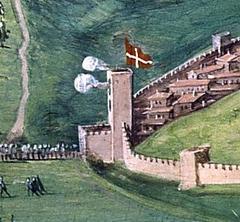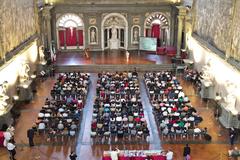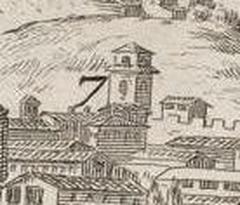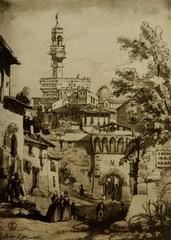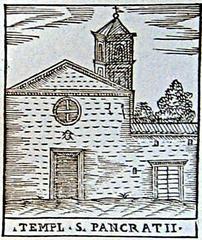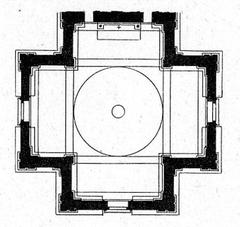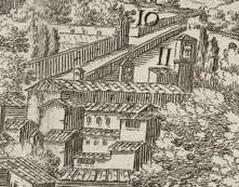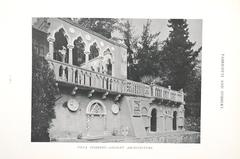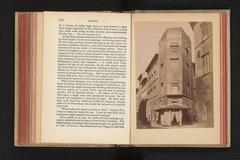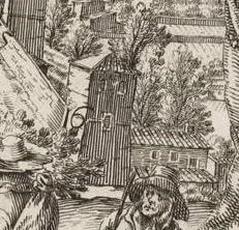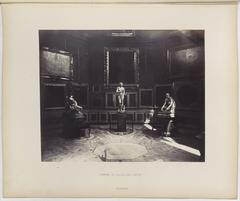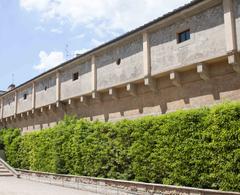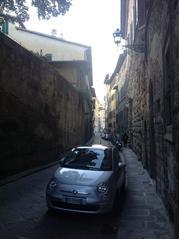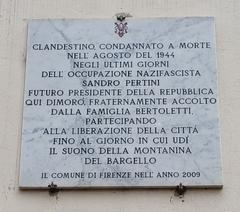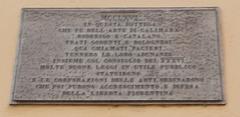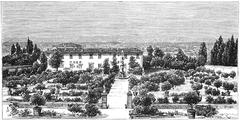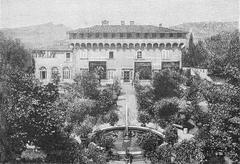Visiting Ponte Vecchio in Florence: Hours, Tickets, History, and Tips
Date: 16/07/2024
Introduction
The Ponte Vecchio, translating to ‘Old Bridge,’ is one of the most iconic landmarks in Florence, Italy. It seamlessly blends historical significance, architectural brilliance, and modern-day cultural vibrancy, making it a must-visit destination for tourists and locals alike. This medieval stone bridge spans the narrowest point of the Arno River and has stood the test of time since its first construction in Roman times. The current structure, designed by Taddeo Gaddi, dates back to 1345 and features a unique design with three segmental arches, making it not only a functional crossing but also an architectural marvel (Florence Inferno).
Historically, the Ponte Vecchio has undergone several transformations. Initially home to butchers and fishmongers, it was later populated by goldsmiths and jewelers due to the Medici family’s influence in the 16th century, who commissioned Giorgio Vasari to create the Vasari Corridor, an elevated passageway that connected the Palazzo Vecchio with the Palazzo Pitti (The Florentine). Remarkably, the bridge survived World War II and the devastating flood of 1966, showcasing its resilience and robust construction (National Geographic; History Today).
Today, the Ponte Vecchio serves as a bustling marketplace and a significant tourist attraction, offering stunning views of the Arno River and Florence. This comprehensive guide aims to provide detailed information on the history, visiting hours, ticket information, travel tips, and nearby attractions to help you make the most of your visit to this historical gem.
Table of Contents
- [Introduction](#introductionintroduction)
- [History of Ponte Vecchio](#history-of-ponte-vecchiohistory-of-ponte-vecchio)
- [Origins and Early History](#origins-and-early-historyorigins-and-early-history)
- [Architectural Significance](#architectural-significancearchitectural-significance)
- [The Medici Influence](#the-medici-influencethe-medici-influence)
- [Survival Through the Ages](#survival-through-the-agessurvival-through-the-ages)
- [World War II and the Ponte Vecchio](#world-war-ii-and-the-ponte-vecchioworld-war-ii-and-the-ponte-vecchio)
- [Visiting Information](#visiting-informationvisiting-information)
- [Ponte Vecchio Visiting Hours](#ponte-vecchio-visiting-hoursponte-vecchio-visiting-hours)
- [Ponte Vecchio Tickets](#ponte-vecchio-ticketsponte-vecchio-tickets)
- [Travel Tips](#travel-tipstravel-tips)
- [Modern-Day Significance](#modern-day-significancemodern-day-significance)
- [Preservation Efforts](#preservation-effortspreservation-efforts)
- [Cultural Impact](#cultural-impactcultural-impact)
- [Economic Role](#economic-roleeconomic-role)
- [FAQ](#faqfaq)
- [Conclusion](#conclusionconclusion)
- [References](#referencesreferences)
History of Ponte Vecchio
Origins and Early History
The Ponte Vecchio dates back to Roman times, with the first bridge on this site constructed in 966 AD. After being destroyed by a flood in 1117, the current structure, designed by Taddeo Gaddi, was built in 1345. This medieval stone bridge spans the Arno River at its narrowest point and has been a vital crossing for centuries (Florence Inferno).
Architectural Significance
The Ponte Vecchio features three segmental arches, with the main arch spanning 30 meters and the two side arches each spanning 27 meters. This revolutionary design has contributed to the bridge’s longevity. The shops built along it date back to the 13th century, initially occupied by butchers, fishmongers, and tanners (Visit Florence).
The Medici Influence
In 1565, the bridge was transformed under Giorgio Vasari’s direction, commissioned by Duke Cosimo I de’ Medici. Vasari constructed the Vasari Corridor, an elevated passageway connecting the Palazzo Vecchio with the Palazzo Pitti, allowing the Medici family to move freely between their residences. This led to the displacement of butchers and the introduction of goldsmiths and jewelers (The Florentine).
Survival Through the Ages
The Ponte Vecchio has survived numerous floods, including the devastating flood of 1966. Remarkably, the bridge itself remained intact, although many shops were destroyed. This resilience is a testament to its robust construction (National Geographic).
World War II and the Ponte Vecchio
During World War II, the Ponte Vecchio was the only bridge in Florence not destroyed by the retreating German army in 1944. According to local legend, this was due to an express order from Adolf Hitler. The bridge itself was heavily mined but survived the war (History Today).
Visiting Information
Ponte Vecchio Visiting Hours
The Ponte Vecchio is accessible 24/7, but the shops usually open from 10 AM to 7 PM. It’s advisable to visit early in the morning or late in the evening to avoid the crowds.
Ponte Vecchio Tickets
Walking across the Ponte Vecchio is free, but some guided tours may charge a fee. Check online for the latest information on tour prices and availability.
Travel Tips
- Best Time to Visit: Early morning or late evening to avoid the crowds.
- Nearby Attractions: Palazzo Vecchio, Uffizi Gallery, and Palazzo Pitti.
- Accessibility: The bridge is wheelchair accessible, but the shops may have limited access.
- Photography: The best spots for photographs are on the bridge itself and from the riverbanks.
Modern-Day Significance
Today, the Ponte Vecchio is a bustling marketplace and a major tourist attraction. The shops are now occupied by jewelers, art dealers, and souvenir sellers. The bridge offers stunning views of the Arno River and Florence, making it a popular spot for both tourists and locals (Lonely Planet).
Preservation Efforts
Numerous initiatives aim to protect the Ponte Vecchio from pollution and wear and tear caused by millions of visitors. Regular maintenance and restoration work are essential to ensure the bridge remains in good condition for future generations (ArtTrav).
Cultural Impact
The Ponte Vecchio has been depicted in numerous paintings, photographs, and films, symbolizing the romantic and historical essence of Florence. It has inspired artists and writers for centuries (Florence Art Guide).
Economic Role
In addition to its cultural and historical significance, the Ponte Vecchio plays an important economic role in Florence. The shops generate substantial revenue, contributing to the local economy and supporting the city’s hospitality and service industries (Florence Tourism).
FAQ
- What are the opening hours of Ponte Vecchio? The bridge is accessible 24/7, but the shops generally open from 10 AM to 7 PM.
- How much are tickets for Ponte Vecchio? Walking across the bridge is free; guided tours may charge a fee.
- Is the Ponte Vecchio accessible? The bridge is wheelchair accessible, but shop access may be limited.
Conclusion
The Ponte Vecchio stands as a testament to Florence’s rich history and architectural ingenuity. From its medieval origins to its survival through wars and floods, the bridge embodies the resilience and enduring beauty of the city. As both a functional structure and a cultural icon, the Ponte Vecchio continues to captivate and inspire visitors from around the world. For more travel tips and updates, follow us on social media or check out our mobile app.
References
- Florence Inferno. (n.d.). Ponte Vecchio history. https://www.florenceinferno.com/ponte-vecchio-history/
- Visit Florence. (n.d.). Ponte Vecchio. https://www.visitflorence.com/florence-monuments/ponte-vecchio.html
- The Florentine. (2020). Vasari Corridor reopening. https://www.theflorentine.net/2020/06/01/vasari-corridor-reopening/
- National Geographic. (n.d.). Ponte Vecchio, Florence, Italy. https://www.nationalgeographic.com/travel/article/ponte-vecchio-florence-italy
- History Today. (n.d.). Ponte Vecchio survives. https://www.historytoday.com/archive/ponte-vecchio-survives
- Lonely Planet. (n.d.). Ponte Vecchio. https://www.lonelyplanet.com/italy/florence/attractions/ponte-vecchio/a/poi-sig/385073/359975
- ArtTrav. (n.d.). Ponte Vecchio restoration. https://www.arttrav.com/florence/ponte-vecchio-restoration/
- Florence Art Guide. (n.d.). Ponte Vecchio. https://www.florenceartguide.com/ponte-vecchio/
- Florence Tourism. (n.d.). Ponte Vecchio. https://www.florencetourism.com/ponte-vecchio/
- The Florentine. (2016). Ponte Vecchio WWII. https://www.theflorentine.net/2016/08/03/ponte-vecchio-wwii/
- Uffizi Gallery. (n.d.). The Vasari Corridor. https://www.uffizi.it/en/the-vasari-corridor
- Florence Tips. (n.d.). Ponte Vecchio. https://www.florence-tips.com/ponte-vecchio.html
- Visit Tuscany. (n.d.). Festa della Rificolona. https://www.visittuscany.com/en/topevents/festa-della-rificolona/
